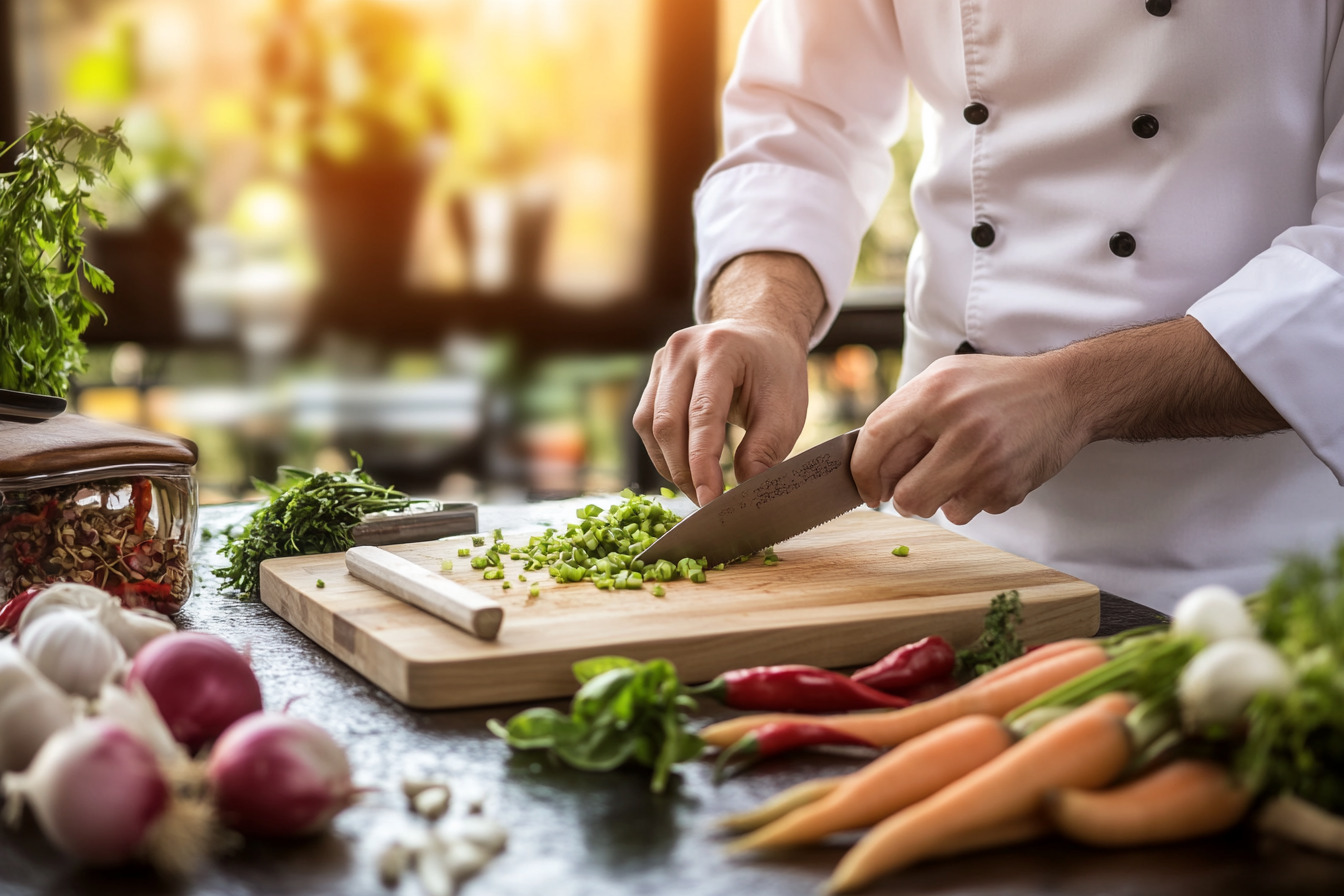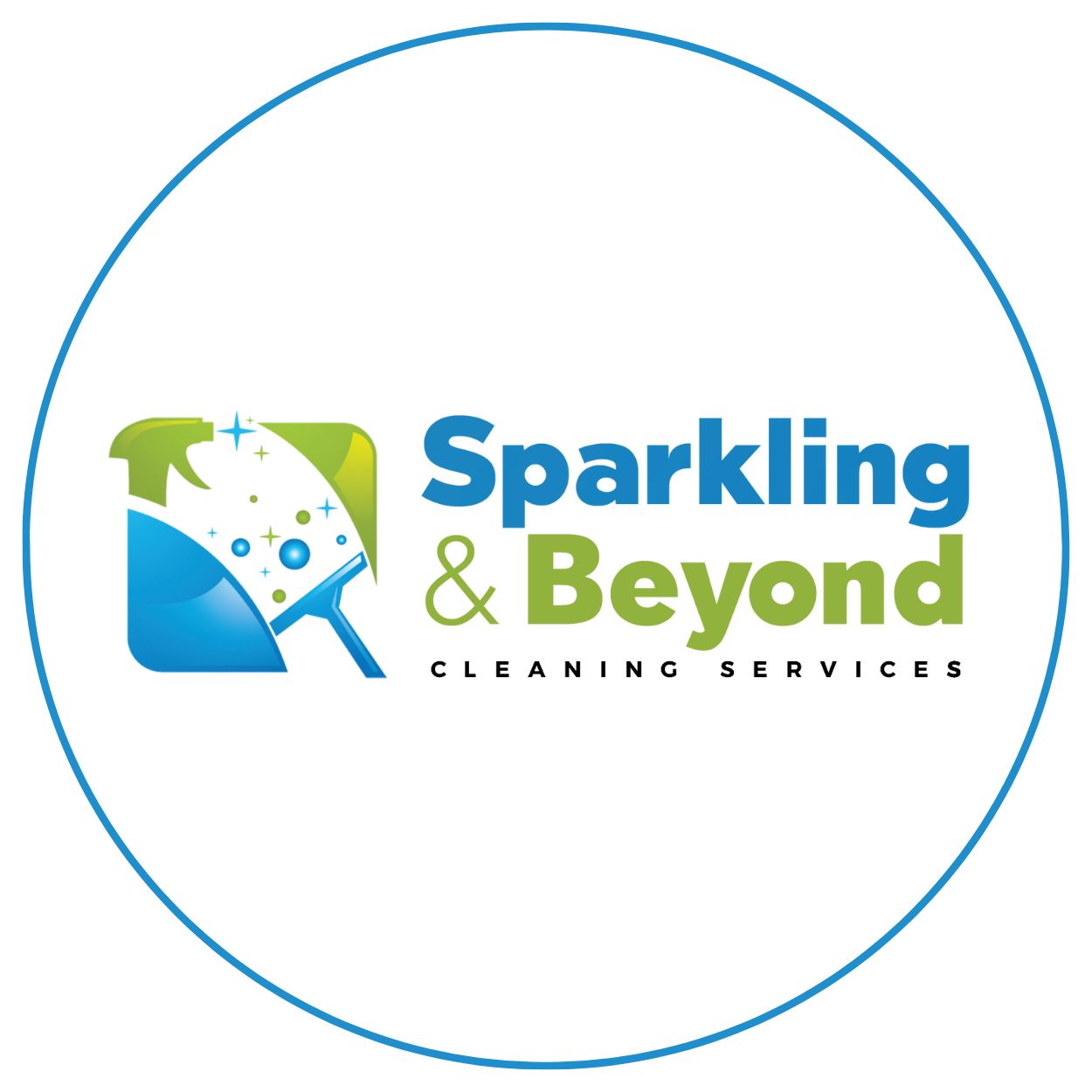In any kitchen—restaurant or home—cleaning and sanitizing knives is key to food safety and the life of the knife. A dirty knife can transfer bacteria from one food to another, cross-contaminating and potentially giving you food poisoning. Knowing when to clean and how to clean them will keep your kitchen safe and efficient. This guide […]

In any kitchen—restaurant or home—cleaning and sanitizing knives is key to food safety and the life of the knife. A dirty knife can transfer bacteria from one food to another, cross-contaminating and potentially giving you food poisoning. Knowing when to clean and how to clean them will keep your kitchen safe and efficient.
This guide will cover why, when and how to clean and sanitize kitchen knives for food safety and knife care.
A clean sanitized knife is important for two reasons:
Cleaning and sanitizing knives is for professionals who use knives all day and home cooks who want to keep their kitchens safe and clean.
To be safe, there are specific instances when knives should always be cleaned and sanitized. Here are those:
Raw proteins especially poultry carry harmful bacteria. Cleaning your knife after cutting these will prevent bacteria from transferring to ready-to-eat foods like fruits, vegetables or cooked meats.
If you’re handling ingredients that can trigger allergies like nuts, dairy or shellfish, wash and sanitize your knife before cutting other food to prevent accidental exposure.
In professional settings, knives are used for hours on end. Cleaning and sanitizing every 4 hours prevents bacterial buildup on the blade.
Moving from one food to another—like from cutting raw meat to chopping vegetables—requires the knife to be cleaned and sanitized.
For professional kitchens and home kitchens, a knife should be cleaned and sanitized at the end of the day. Bacteria and residue harden on the blade overnight.

Cleaning and sanitizing a knife is more than just rinsing with water. Here’s the step-by-step guide:
After each use, wash the blade with hot soapy water using a sponge or soft brush. Never use abrasive pads as they can damage the blade or handle.
Rinse the knife well to remove all soap and food residue. This step prepares the knife for sanitizing.
Sanitizing is the most important step to remove bacteria and make the knife safe to use again. Here are two ways to sanitize:
Use a clean microfiber cloth to dry the knife. Storing a damp knife can cause rust, especially on carbon steel knives. Make sure the knife is dry before storing.
Cross-contamination occurs when bacteria or allergens transfer from one surface to another, often through unclean utensils, cutting boards or hands. Common bacteria like E. coli and salmonella can stay on surfaces and be transferred to other food without you knowing. Cleaning and sanitizing knives and other kitchen tools helps minimize these risks so harmful pathogens don’t get into your food.
How often should I sanitize my knife if I’m using it nonstop?
Sanitize your knife every 4 hours if you’re using it nonstop. This is the standard practice in professional kitchens to keep tools clean and hygienic.
Can I use any cleaner to sanitize my knife?
No, it’s best to use either a bleach solution or a vinegar solution. Avoid harsh cleaners with unknown chemicals as they can be harmful to food contact surfaces.
Is it safe to use a dishwasher to clean my knife?
No. Dishwashers can damage the blade and handle especially on high-end knives. Hand washing with soap and water is recommended.
How do I sanitize a knife naturally?
A vinegar solution (1 part vinegar to 1 part water) is a natural and effective way. Soak the knife for a few minutes, rinse and dry.
How do I clean a knife after cutting raw chicken?
Cutting raw chicken? Wash the knife with hot soapy water, rinse and sanitize with bleach or vinegar solution.

As the admin of Sparkling & Beyond, I bring a wealth of knowledge and passion for excellence in the cleaning industry. With years of experience in providing top-notch cleaning solutions, I am dedicated to sharing valuable insights and tips to help maintain pristine and healthy living environments. My mission is to ensure every home and office we service sparkles with cleanliness and comfort.
![]()